There are more than 10,000 species of birds in the world, ranging from small to large, colorful to plain, and flying to flightless. But shockingly, up to 13 percent of the planet's bird population is in danger of extinction, and humans are usually the ones to blame. Whether it was by over-hunting, introducing invasive species, or destroying their natural habitats, we've really done some damage to native bird populations. But for some birds, there thankfully appears to be hope for change.
Whether you're seeing one from a distance or rescuing one like this man did for a trapped hummingbird, having a special encounter with a bird is always an amazing experience. However, some birds are now so rare that even experienced birdwatchers and scientists have trouble finding them. Many species are experiencing dwindling numbers, and while breeding them in captivity can help save them from the brink of extinction, some birds are harder to rescue than others.
Despite the terrifying notion that many of these birds might become extinct in our lifetime, there are lots of people who aren't aware that they're endangered…or that they even exist. Take a look at these incredibly rare birds, and keep an eye out for them if you find yourself somewhere they might be living. You never know what a unique experience you might have!
Help raise awareness for these endangered birds and SHARE this post with everyone you know! Together, we can help save these animals from becoming extinct.
1. Kagu
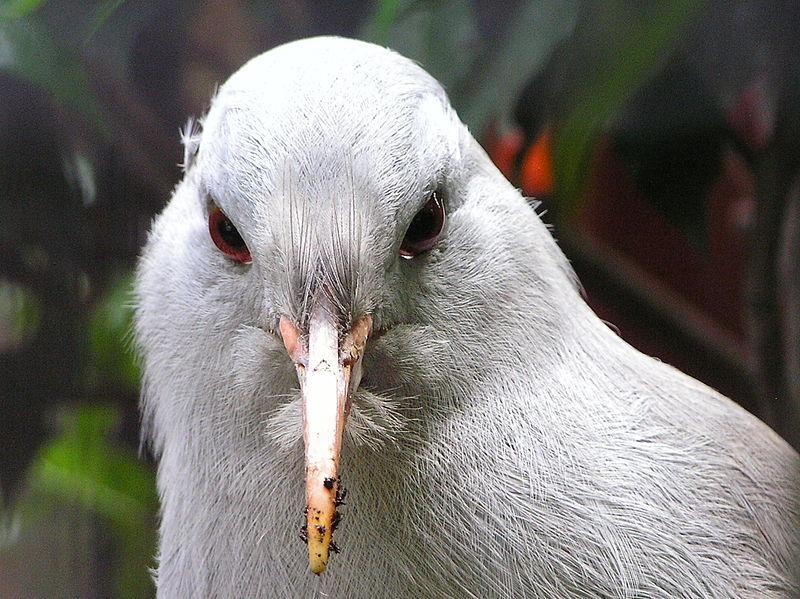
The kagu is a nearly flightless bird that can be found on the island of New Caledonia. At one point, the only mammals on the island were bats, but when humans came over and brought cats, dogs, and rats, it caused the kagu population to drop significantly. Nowadays, between 250 and 1,000 birds remain, and there are strong conservation measures in place to try to keep this bird from disappearing altogether.
2. Palila
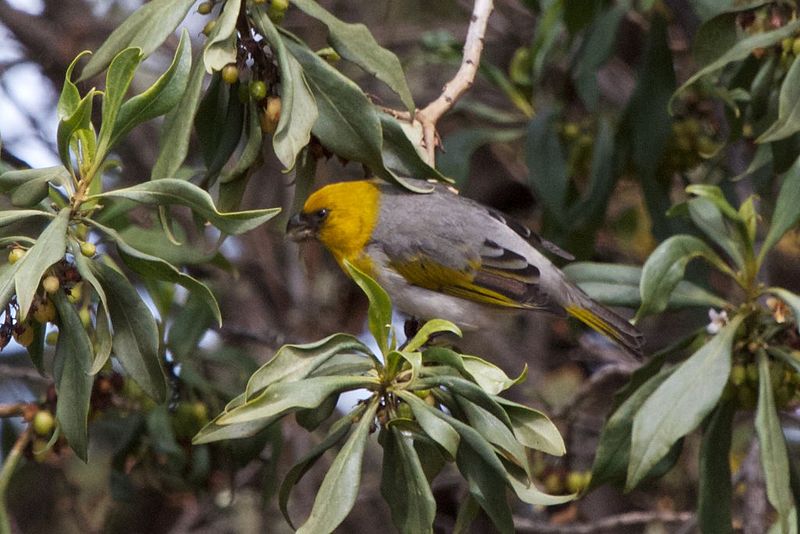
If you want to even have a chance of seeing this bird, you're going to have to travel to the upper slopes of the volcano Manua Kea in Hawaii. Due to their affinity for their seeds, palila are most often found in māmane trees. Currently, around 5,000 of these birds are thought to still exist, though you'll probably never see one anywhere apart from Manua Kea.
3. Kakapo

The kakapo is a stocky, flightless bird found in New Zealand. The indigenous Māori sometimes kept them as pets, but more often, they used them for their meat and feathers. The introduction of new predators, such as cats and stoats, nearly caused the kakapo to completely disappear from the face of the Earth, but now, conservation efforts are helping to keep these unique birds from extinction. As of March 2014, there were 126 kakapos alive, all of which are kept on three islands that have no predators that could harm these critically endangered animals.
4. New Caledonian Owlet-Nightjar

Like the kagu, this extremely rare bird is native to New Caledonia, as its name implies. The only reason people even know this bird exists is because one was found in 1880 and one in 1915. There have also been a couple of scattered sightings of the bird, the most recent one occurring in 1998. Despite the fact that it's been nearly two decades since this owlet-nightjar has been seen or heard from, people still believe that there are still a few flying around on the island.
5. Californian Condor
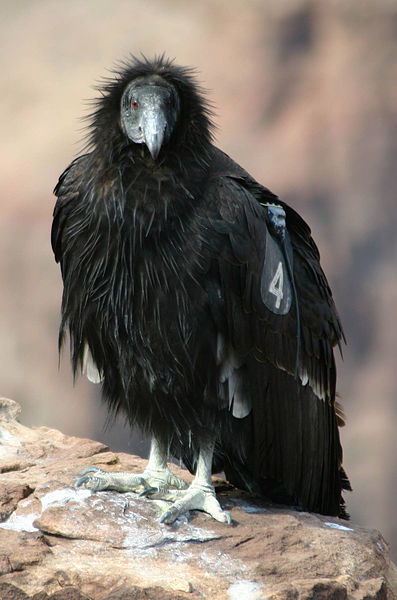
In 1987, it looked like the time of the Californian condor had come to an end. Poaching, poisoning, and habitat destruction had led to the deaths of all but 22 of these scavengers, and the survivors were captured and bred. In 1991, they were re-introduced into the wild, and as of late 2014, over 400 condors were living either in the wild or in captivity. With a lifespan of up to 60 years, they're giving everyone hope that they will one day thrive again in the western United States.
6. Honduran Emerald
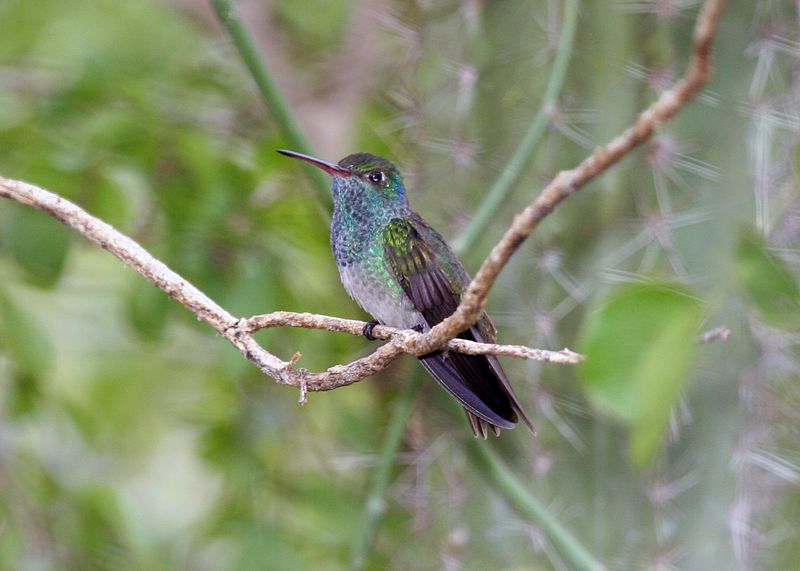
This type of hummingbird is only found in Honduras, and its population has been threatened by deforestation in the country. But luckily, they aren't as rare as once believed — as it turns out, lots of them were hiding in less accessible parts of the country.
7. Forest Owlet
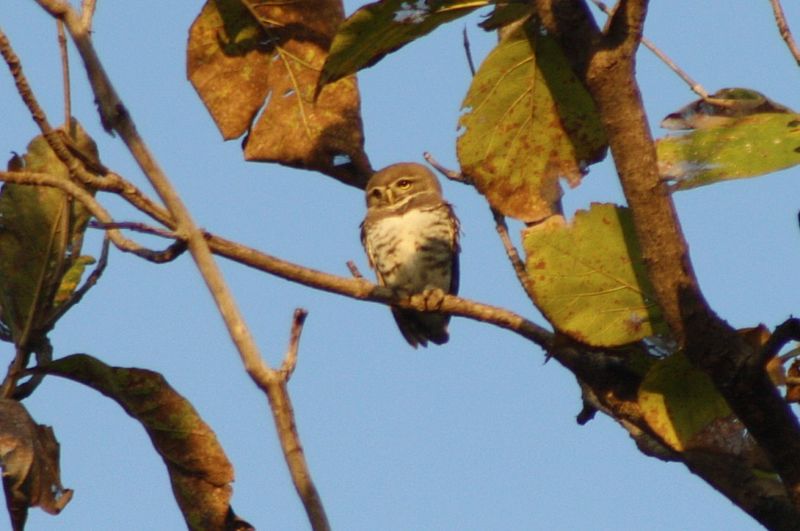
Although these stocky little owls have never exactly had high population numbers, less than 250 are thought to be alive today. The forest owlet was actually thought to be extinct in 1884 and wasn't seen again until 1997. Due to its consistently shrinking habitat in central India, extreme measures are going to have to be taken if we are going to save this bird from extinction.
8. Orange-Bellied Parrot
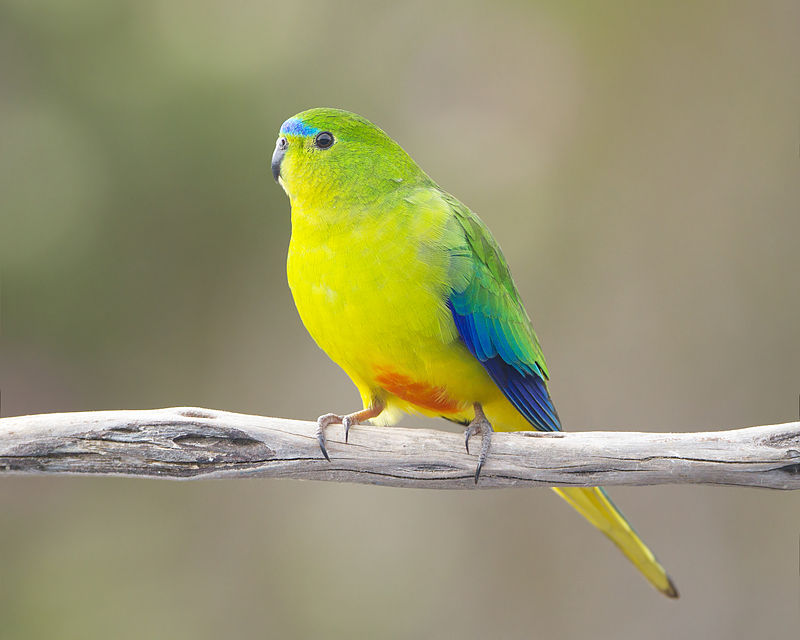
Native to Australia, the orange-bellied parrot is one of only two migrating parrot species. They're distinguished by their colorful feathers (and the orange spots that are found on the undersides of males), but less than fifty birds were known to live in the wild in 2013. In a desperate effort to save the species, twenty-one parrots were taken from the wild to help diversify the captive breeding program. Today, over 300 orange-bellied parrots exist in captivity, and conservationists are hopeful that they will be able to be saved from extinction.
9. Great Indian Bustard
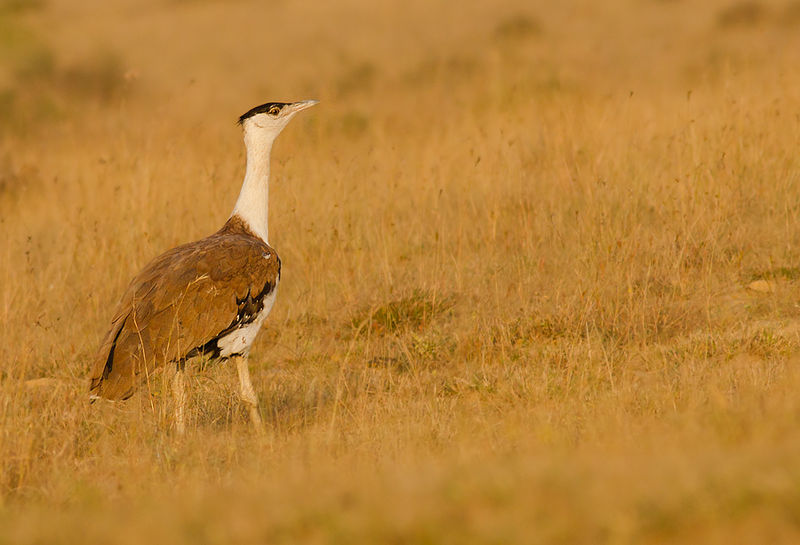
Once a common sight in the plains of India and Pakistan, these large birds are now critically endangered thanks to overhunting and habitat loss. Less than 250 are thought to still be alive in the wild today, and the Indian government is attempting to bring up their numbers with a captive breeding conservation plan.
10. Northern Bald Ibis
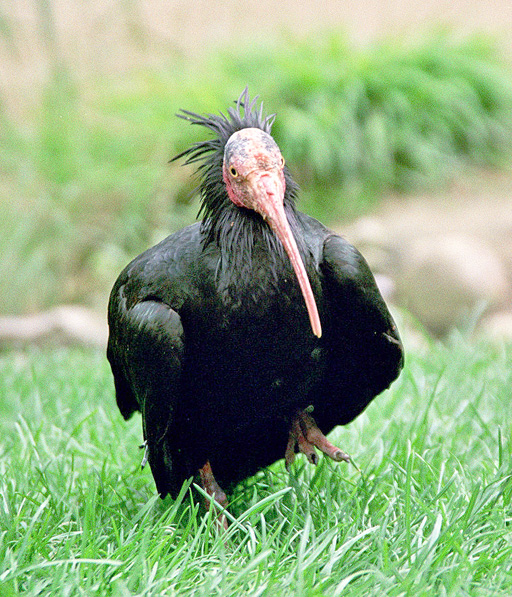
They may not be pretty, but these odd-looking birds are thought to have been around for nearly two million years. There are fewer than 500 Northern Bald Ibises that remain in the wild in Morocco, and they've been seen in Syria a handful of times as well. Conservation programs in multiple countries are now in place to try to bring these birds away from the brink of extinction.
11. Christmas Island Frigatebird
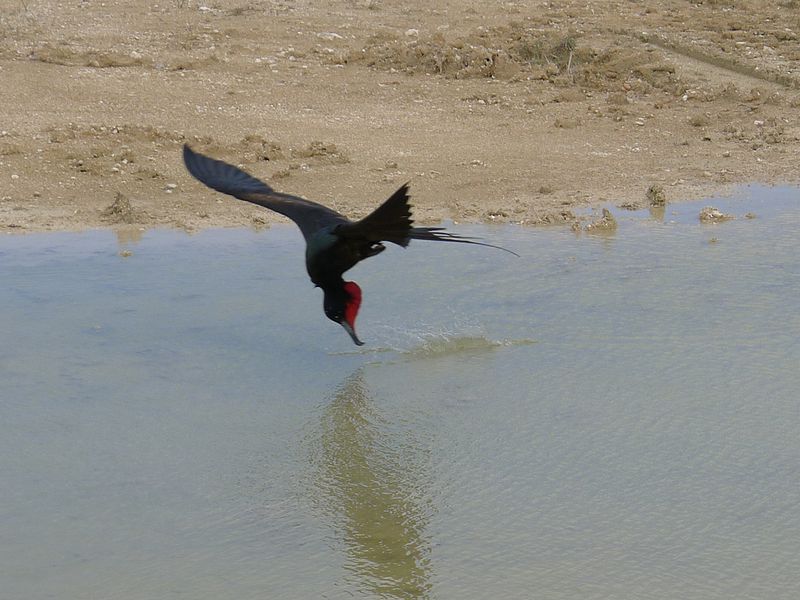
The male Christmas Island frigatebird is unmistakable thanks to a large red sac on his neck that he inflates when he wants to attract a mate. They can only be found on Christmas Island, which is a territory of Australia, and part of the reason for their endangerment is that they only breed every other year. Up to 7,200 birds reside on the island, which is only 52 square miles in size, but you're not going to find them anywhere else no matter how hard you look.
12. Red-Crowned Crane
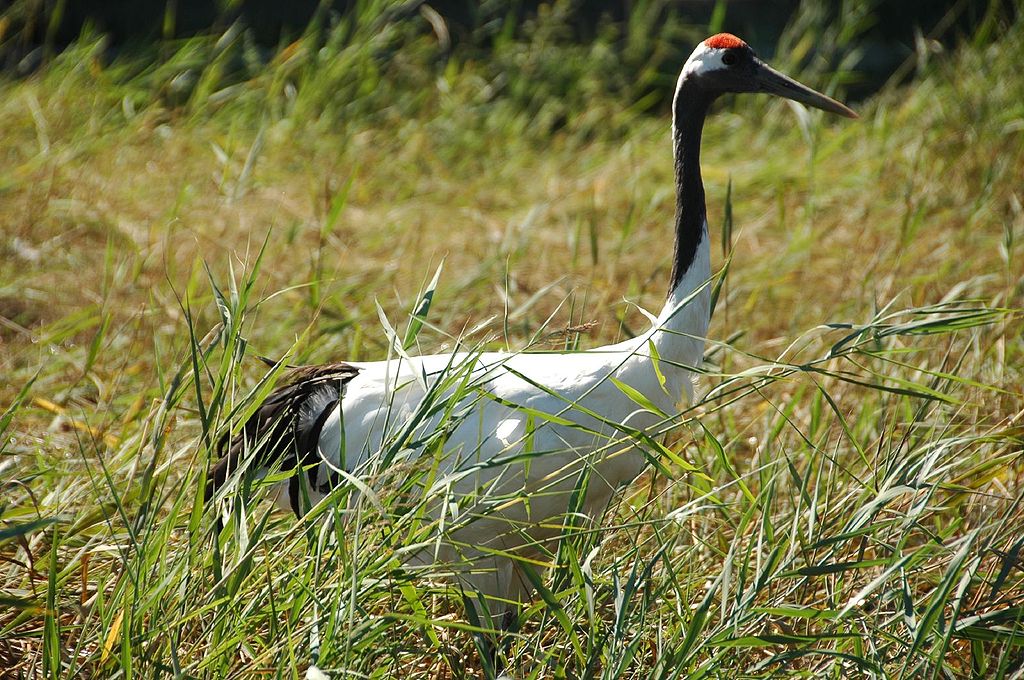
The "crown" on these Asian birds is actually a bare patch of red skin that becomes more vibrant when it's time to mate. They're symbols of immortality and nobility in China, but less than 3,000 remain in the wild. Overcrowding and habitat destruction are making it harder and harder for the crane to repopulate in the wild, but a few hundred can be seen in zoos throughout the world.
Don't forget to spread the word about these scarce birds. SHARE this article with all your friends!




